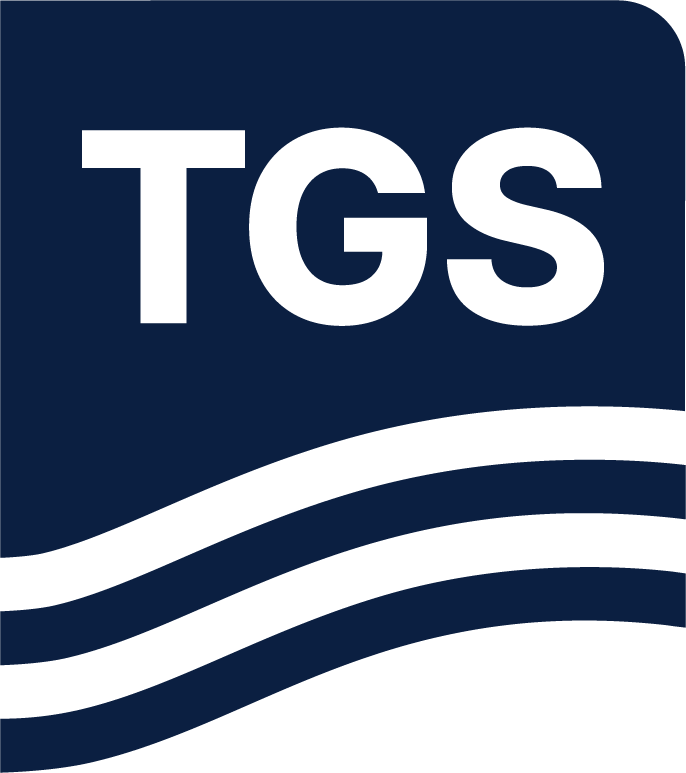Paper Summary
This study presents a workflow for building depth velocity models (VMB) using 3D Ultra-High-Resolution Seismic (UHRS) data, focusing on offshore wind farm site characterization. Traditional
velocity analysis for site surveys relies on simple RMS velocities, which fail to capture detailed
subsurface properties. The methodology, adapted from the oil and gas sector, employs Pre Stack Kirchhoff Depth Migration (KPSDM) and 3D depth tomographic updates to deliver precise imaging in complex geological settings.
The workflow was applied to 3D UHRS data from the North Sea, achieving a lateral resolution of 3.125 x 3.125 m and vertical precision of 0.125 ms. It involved extensive preprocessing and iterative velocity updates across shallow and deeper subsurface sections, resolving key features like sediment-filled channels and tunnel valleys. The process revealed rapid velocity variations, enhancing the accuracy of subsurface reflector positioning crucial for geotechnical design.
The study highlights the importance of accurate velocity models for reliable seismic imaging and
quantitative interpretation (QI). It demonstrates that 3D UHRS data can robustly characterize shallow subsurface features, supporting safer and more efficient foundation planning for renewable energy projects. The findings suggest potential advancements using Full Waveform Inversion (FWI) to further integrate geophysical and geotechnical workflows.

